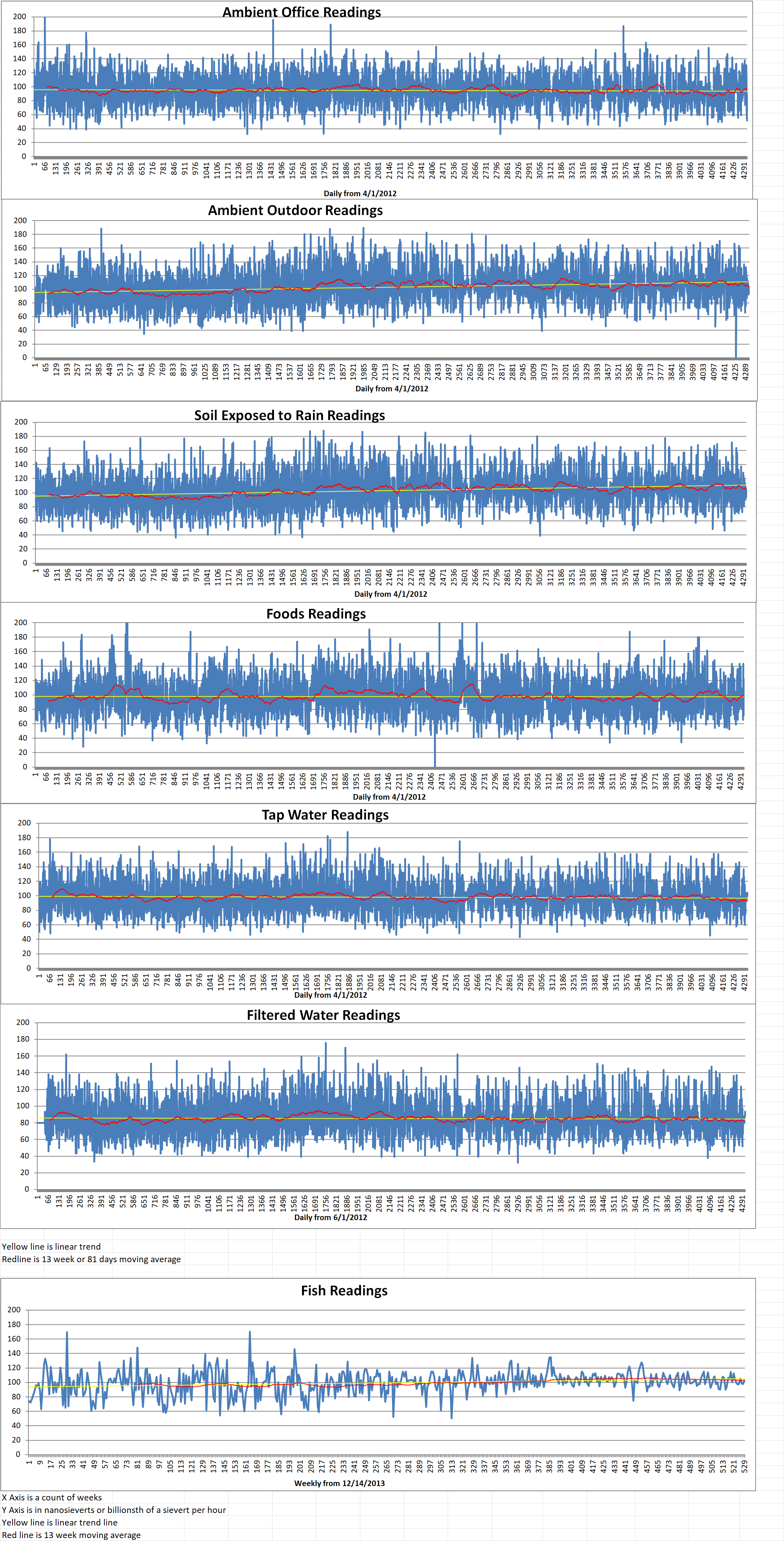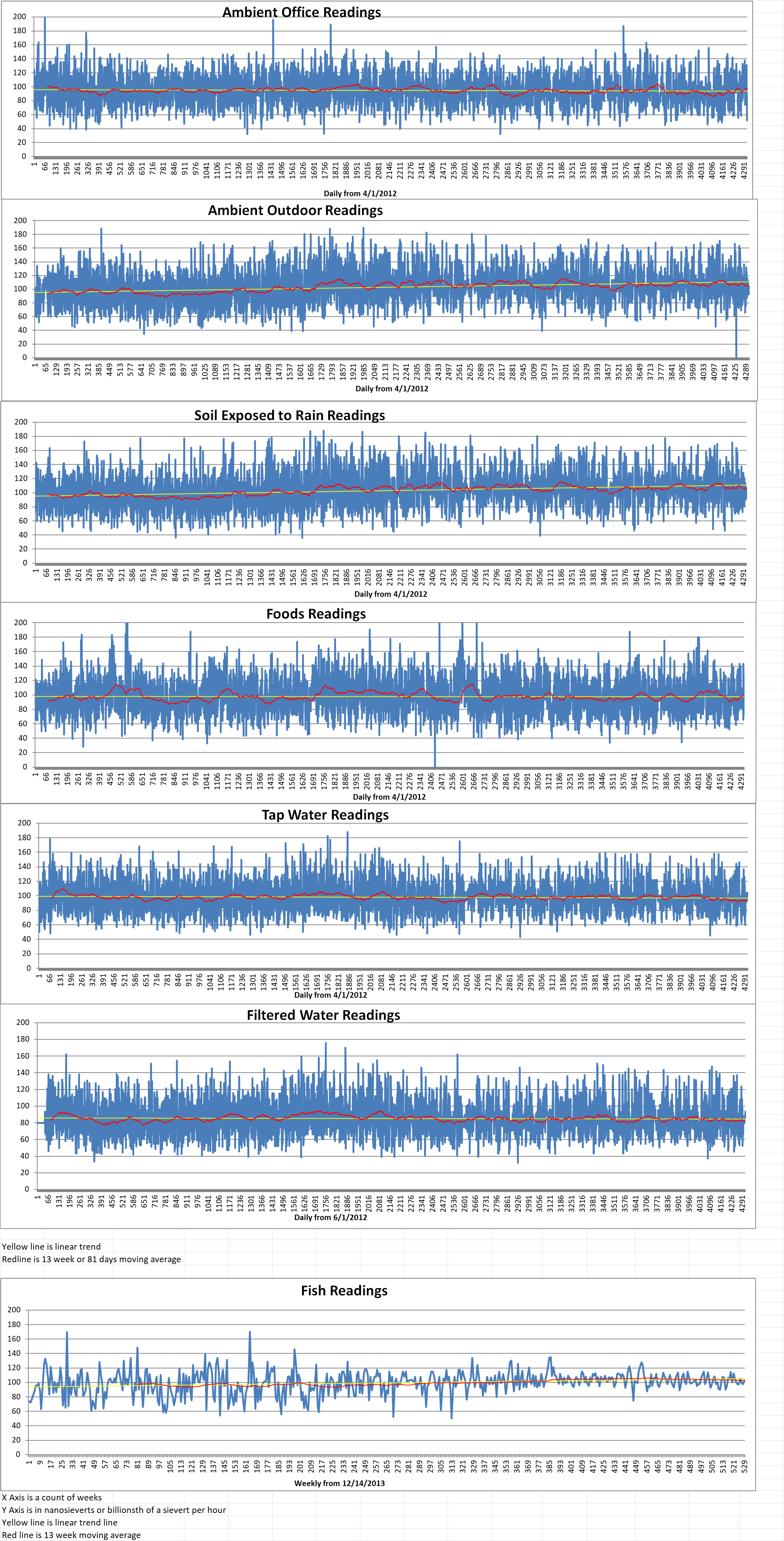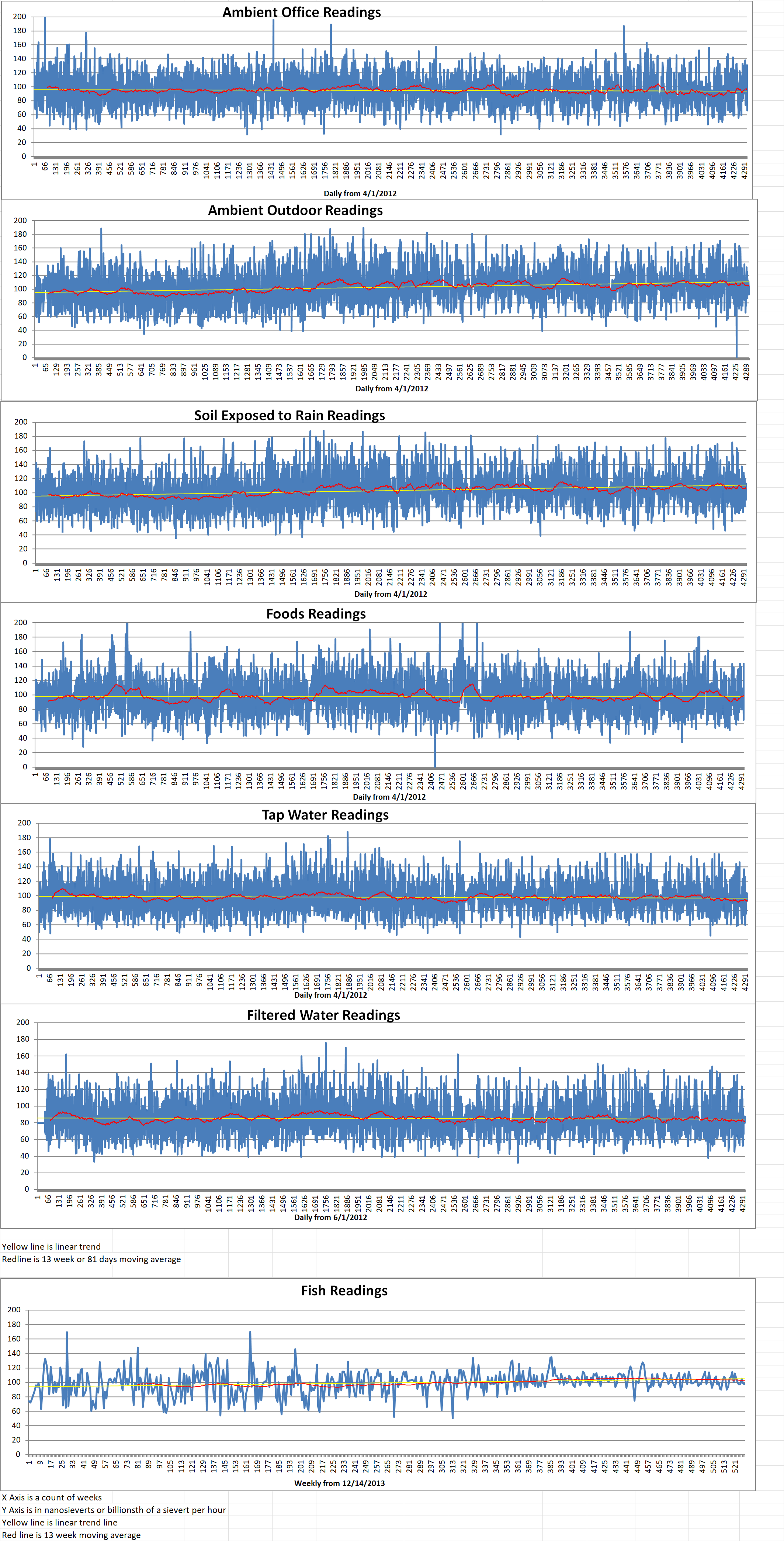Part 1 of 2 Parts
In the quest to harness nuclear fusion as a nearly limitless and clean energy source, researchers have turned to mayonnaise. This household condiment is assisting scientists at Lehigh University to understand complex fluid dynamics that take place during fusion reactions. Their research will potentially pave the way for more efficient fusion processes.
Nuclear fusion is the process that powers the sun. If it can be achieved on Earth it could change the world’s energy landscape forever. Creating nuclear fusion on Earth, however, involves replicating the sun’s extreme conditions, a task that remains extremely challenging.
In late 2022, scientists at the National Ignition Facility (NIF) in California announced a landmark achievement in nuclear fusion. For the first time, they were able to extracted more energy from a controlled fusion reaction than was used to initiate it. On October 30, 2023, the NIF set a new record for generating laser energy. For the first time, they fired two and two tenths megajoules of energy at an ignition target, resulting in three and four tenths megajoules of fusion energy yield.
The announcement of the NIF breakthrough led to a familiar divide in opinion. Fusion proponents celebrated it as a sign that the long-awaited fusion era might be nearing. Skeptics remained unconvinced, pointing out that fusion has been “20 years away” for decades. This tension indicates the high stakes involved.
(Helion Energy is an aneutronic fusion startup in Redmond, Washington. They are hoping to provide fusion energy to Microsoft in 2028, much sooner than thirty years in the future.)
The world is in desperate need of a clean, abundant energy source to take the place of fossil fuels and mitigate the climate crisis. Fusion occurs when light atomic nuclei merges and release energy. It has always been this sort of white whale. However, after decades of research, it is still not clear when or if fusion will be a significant contributor to our energy mix.
Most estimations suggest that practical fusion energy might not be realized until around 2050. Unfortunately, this timeline means that fusion energy is unlikely to play a significant role in reducing carbon emissions by mid-century. This is a crucial period for addressing global warming.
The challenges of harnessing fusion are huge. The fusion process involves creating and maintaining conditions similar to those inside stars where temperatures reach one hundred million degrees Kelvin. This requires using powerful magnetic fields to confine a plasma of hydrogen isotopes, deuterium, and tritium. This task has proven extremely difficult. In addition, reactors must withstand the intense neutron bombardment generated during the fusion reactions, which degrades materials over time.
There are multiple designs for fusion reactors currently in development. The most promising designs are inertial confinement fusion and magnetic confinement fusion. The former is what the is used INF. It is an approach where scientists use powerful lasers or ion beams to compress a tiny pellet of fuel until the conditions for fusion are met. The target is typically a mix of deuterium and tritium hydrogen isotopes.
Please read Part 2 next
Blog
-

Nuclear Fusion 75 – Researchers At Lehigh University Use Mayonnaise To Understand Plasma Behavior – Part 1 of 2 Parts
-
Nuclear News Roundup Aug 19, 2024
Set-up error stops Japanese effort to remove Fukushima nuclear fuel debris upi.com
Kenya Aims To Build Nuclear Power Plant By 2034: Minister barrons.com
Nuclear fallout victims entitled to free advice and cancer screenings but not compensation sltrib.com
Slovak PM Fico to discuss new nuclear plant with South Korea – TASR reuters.com
-

Geiger Readings for Aug 19, 2024
Ambient office = 89 nanosieverts per hour
Ambient outside = 100 nanosieverts per hour
Soil exposed to rain water = 102 nanosieverts per hour
Tomato from Central Market = 114 nanosieverts per hour
Tap water = 102 nanosieverts per hour
Filter water = 89 nanosieverts per hour
-
Nuclear News Roundup Aug 18, 2024
California legislators break with Gov. Newsom over loan to keep state’s last nuclear plant running livemint.com
China Responds to Top-Secret US Nuclear War Strategy newsweek.com
Putin says Ukraine tried to attack Kursk nuclear plant hurriyetdailynews.com
North Korea could create a ‘nuclear domino’ effect in Asia: Seoul upi.com
-

Geiger Readings for Aug 18, 2024
Ambient office = 57 nanosieverts per hour
Ambient outside = 94 nanosieverts per hour
Soil exposed to rain water = 94 nanosieverts per hour
Red bell pepper from Central Market = 122 nanosieverts per hour
Tap water = 104 nanosieverts per hour
Filter water = 93 nanosieverts per hour
-
Nuclear News Roundup Aug 17, 2024
Russian nuclear giant Rosatom directed additional income through Dutch subsidiary kyivindependent.com
Researchers: Iran’s scientific modeling likely influenced US assessment of Tehran’s nuclear program voanews.com
Japan students urge abolition of nuclear weapons in Geneva English.kyodonews.net
China Approves 11 New Nuclear Reactors, Including Fourth-Generation Design powermag.com
-

Geiger Readings for Aug 17, 2024
Ambient office = 52 nanosieverts per hour
Ambient outside = 93 nanosieverts per hour
Soil exposed to rain water = 96 nanosieverts per hour
Avocado from Central Market = 72 nanosieverts per hour
Tap water = 100 nanosieverts per hour
Filter water = 89 nanosieverts per hour
Dover Sole from Central = 103 nanosieverts per hour
-

Nuclear Materials 1 – Rensselaer Polytechnic Institute Is Working On A New Probe For Radioactive Materials Based On Light
Researchers at the Rensselaer Polytechnic Institute (RPI) are designing a probe to detect special nuclear material remotely.
Moussa N’Gom is an RPI physicist. He is leading research which is aimed at developing a quantum sensing probe which can detect special nuclear materials without contact.
This research is being conducted as part of RPI’s participation in the Consortium for Enabling Technologies and Innovation (CETI). CETI is a consortium announced recently by the United States’ Department of Energy’s National Nuclear Security Administration (NNSA).
The U.S. DOE/NNSA Office of Defense Nuclear Nonproliferation had announced a grant of fifty million dollars for two consortia to connect basic university research with applied laboratory research to advance technical capabilities in support of nuclear security and nonproliferation missions. It is intended to enable an effective pipeline of talented next-generation experts to establish careers at DOE national laboratories.
The NNSA has awarded fifty million dollars in cooperative agreements to two university consortia to support the basic science that underlies its nuclear security and nonproliferation missions.The two consortia being funded are led by the University of Tennessee, Knoxville, and the Georgia Institute of Technology, respectively. Both consortia will receive up to five million dollars per year for the next five years to continue their research projects under the program.
The CETI is led by Georgia Tech and includes Abilene Christian University; Colorado School of Mines; the Massachusetts Institute of Technology; the Ohio State University; Rensselaer Polytechnic Institute; Stony Brook University; Texas A&M University; University of Alaska Fairbanks; the University of Texas at Austin; University of Wisconsin–Madison; and Virginia Commonwealth University.
According to the press release, these twelve universities will partner with twelve national laboratories: Argonne National Laboratory; Brookhaven National Laboratory; Idaho National Laboratory; Lawrence Berkeley National Laboratory; Lawrence Livermore National Laboratory; Los Alamos National Laboratory; Nevada National Security Site; Oak Ridge National Laboratory; Pacific Northwest National Laboratory; Princeton Plasma Physics Laboratory; Sandia National Laboratories; and Savannah River National Laboratory.Jeff Chamberlin is the head of NNSA’s nonproliferation efforts. He said “These consortia are critical to the future of NNSA’s nuclear security and nonproliferation research and development work. Once they develop a concept, the national laboratories can iterate and test its capabilities until it’s ready for the private sector to adopt. I am confident these teams led by the University of Tennessee and Georgia Tech are up to the challenge and will make outstanding contributions to our field.”
N’Gom, the research lead, is associate professor of physics and applied physics at RPI. His team is using light to develop an advanced quantum sensing probe to serve as a novel spectroscope. It is also an optics-based method for nuclear trial verification.
The work is called “Light with a Twist: An Adaptive Quantum Sensing Probe in Which a Bright Single Photon Source is Guided in Free Space To Remotely Interact, Detect, and Characterize Special Nuclear Materials.”
The probe is intended to enable more precise control, measurement, detection, and characterization of special nuclear materials. Once the concept is developed, national laboratories will conduct tests to verify that the technology is ready for use in the private sector.
N’Gom said, “In a single photon source, whenever a first photon has shown up, the exact same photon is guaranteed to follow, allowing for precise timing and control. Any signal detected other than the source signal is a precise response or measurement from special nuclear materials with which the single photon interacts.”
Curt Breneman, Ph.D. is Dean of Rensselaer’s School of Science. He said, “Dr. N’Gom’s project is leveraging quantum sensing techniques, which allow for detection of the change in environment due to the presence of special nuclear materials and other phenomena in a very precise way.” -
Nuclear News Roundup Aug 16, 2024
The Coalition has turned its renewable energy denial into a nuclear roadmap to nowhere theguardian.com
Nuclear waste from Manhattan Project headed to southeast Michigan landfill bridgemi.com
Belarusian president says Ukraine would ‘applaud’ nuclear weapons use by Russia abc6onyourside.com
Catholic leaders to attend ‘groundbreaking’ forum on nuclear weapons in New Mexico catholicnewsagency.com
-

Geiger Readings for Aug 16, 2024
Ambient office = 66 nanosieverts per hour
Ambient outside = 104 nanosieverts per hour
Soil exposed to rain water = 107 nanosieverts per hour
Blueberry from Central Market = 87 nanosieverts per hour
Tap water = 102 nanosieverts per hour
Filter water = 87 nanosieverts per hour
